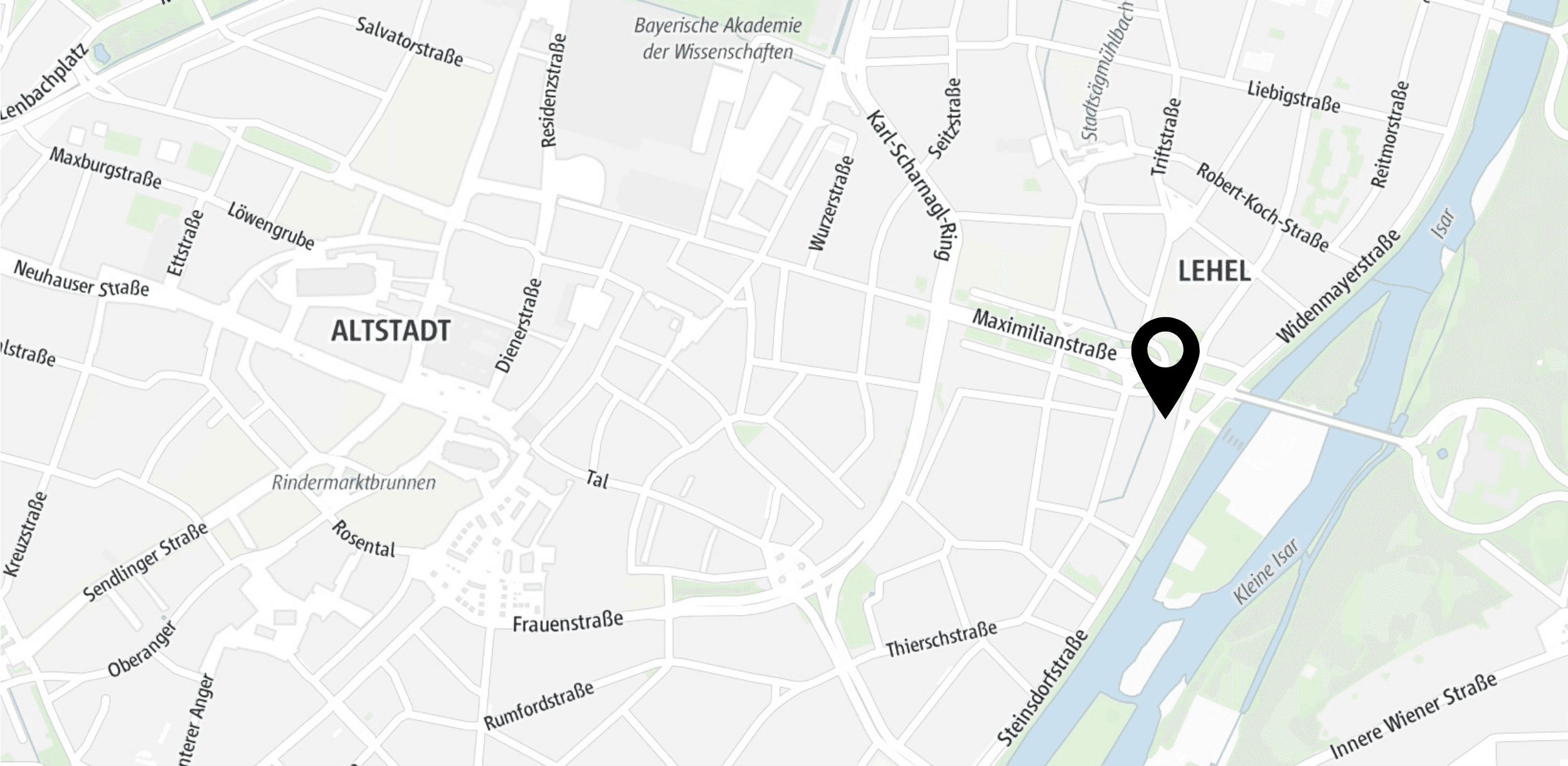Web Accessibility
Creating an inclusive digital world: Act now on web accessibility!
Web accessibility is critical in today's digital landscape, ensuring that websites are accessible to all, including individuals with disabilities. This is not just a moral imperative but a legal requirement, with web accessibility standards like WCAG 2.2, EN 301 549, and EU 2016/2102 mandating accessible web design.
Step-by-step to web accessibility: Our proven process
Achieving compliance with the European Accessibility Act (EAA) is a systematic process that involves several key steps to ensure your digital offerings are accessible.
Incorporating these steps into your web accessibility strategy ensures ongoing compliance and demonstrates a commitment to creating an inclusive digital environment.
1. Initial Accessibility Assessment: Start with a comprehensive audit of your web pages and documents to assess current accessibility standards. We start by evaluating your site against standards like WCAG 2.2, EN 301 549, and EU 2016/2102.
2. Strategic Planning for Compliance: We then develop a customized action plan for your website based on the audit, identify, and implement necessary enhancements to improve accessibility.
3. Implementation of Accessibility Solutions include AI-driven technology and manual expertise for effective enhancement.
4. Ongoing Monitoring and Support: Remember, accessibility is a continuous process. Regularly monitor and update your digital services to align with evolving technologies and accessibility standards. We set monitoring to ensure your site complies with evolving standards.
Why web accessibility is a must-have today
Web accessibility benefits a wide audience, including the 101 million European adults with disabilities. It enhances user experience, broadens market reach, and ensures compliance with standards like WCAG and the EAA (European Accessibility Act), which mandates accessibility in vital services like e-commerce and banking.
Don't Wait – Transform Your Site Today!
Take immediate action towards making your website barrier-free! Click here for a consultation, and join the movement towards a more inclusive digital world.
The European Accessibility Act: Your deadline is approaching
Businesses have until June 28, 2025, to comply with the European Accessibility Act (EAA). This deadline, while seemingly distant, is critical due to the complexity of meeting the requirements. Early preparation is essential, akin to the GDPR rollout, where companies had a two-year preparation period. The three-year timeframe for EAA compliance is purposefully set to address the anticipated challenges in ensuring thorough accessibility implementation.
To ensure compliance with the European Accessibility Act (EAA), a strategic approach is crucial, particularly given the Act's focus on meeting the functional needs of people with disabilities. The EAA itself does not set out specific technical accessibility standards. In this context, aligning with other established EU accessibility standards, such as EN 301 549, becomes a prudent strategy. These standards integrate the widely recognized Web Content Accessibility Guidelines (WCAG) 2.2.
Adhering to WCAG 2.2 at an AA level offers a robust and effective framework for evaluating and enhancing digital accessibility within the EU. This approach not only aligns with the EAA's broader objectives but also ensures that organizations begin their journey towards compliance in a structured and efficient manner. It's a strategic move that prepares organizations to meet the functional accessibility needs comprehensively and proactively addresses the broader spectrum of requirements anticipated under the EAA.
Transforming Digital Spaces: Our Success with bavarikon
Our project with bavarikon highlights our commitment to accessibility, transforming their site into an inclusive platform for cultural heritage.
bavarikon, the cultural portal for all cultural institutions in Bavaria, is funded by the State Ministry. The team behind it is responsible for the technical, editorial, and content management of the portal. It is primarily about one thing. It should be said that you no longer have to go to a museum, library, or archive if you want to see culture from Bavaria, but you can also see these things online.
We have significantly transformed their online presence, skillfully executing a comprehensive project that included creating design mock-ups, implementing interactive functionality, and developing a style guide and technical documentation, all while prioritizing accessibility and inclusivity.

Partner with the best: Our alliance with Accessibility Cloud
To provide our clients with advanced web accessibility solutions, we have partnered with the Accessibility Cloud, reflecting our dedication to digital inclusivity. That’s why we pride ourselves on offering accurate and reliable web accessibility evaluations.
Threat: Misled belief in compliance
Unlike some services that might give you overly optimistic compliance claims based on automated tests alone, we know that true accessibility can't be captured by algorithms.
Here’s why our approach makes a difference:
- Beyond Automated Testing: Automated tools like axe-core, WAVE, SiteImprove Alfa, OAW, and QualWeb, while useful, only cover between 25% and 57% of WCAG criteria. Relying solely on these tools for compliance claims can be misleading.
- The Importance of Manual Testing: We understand that a comprehensive assessment of a website's compliance with accessibility guidelines requires manual testing. That's why we conduct thorough manual audits to ascertain true compliance.
- Combining Manual and Automated Methods: While we use manual tests to ensure compliance, automated tests are invaluable for ongoing monitoring and identifying non-compliance areas. This blend of techniques ensures a more accurate and holistic view of your website's accessibility status.
Contact Us
Via contact form, e-mail or callGet in touch with us
You can find our office in the heart of Munich:
We are social

